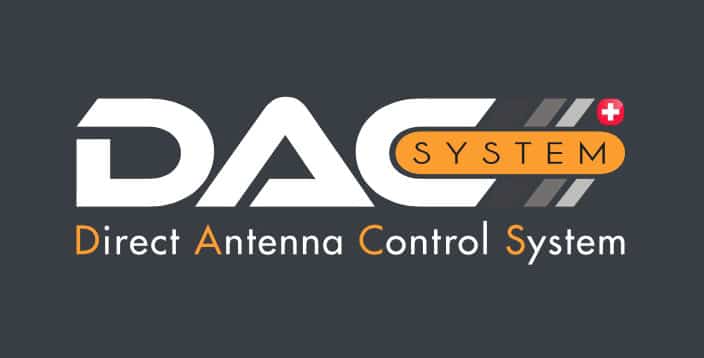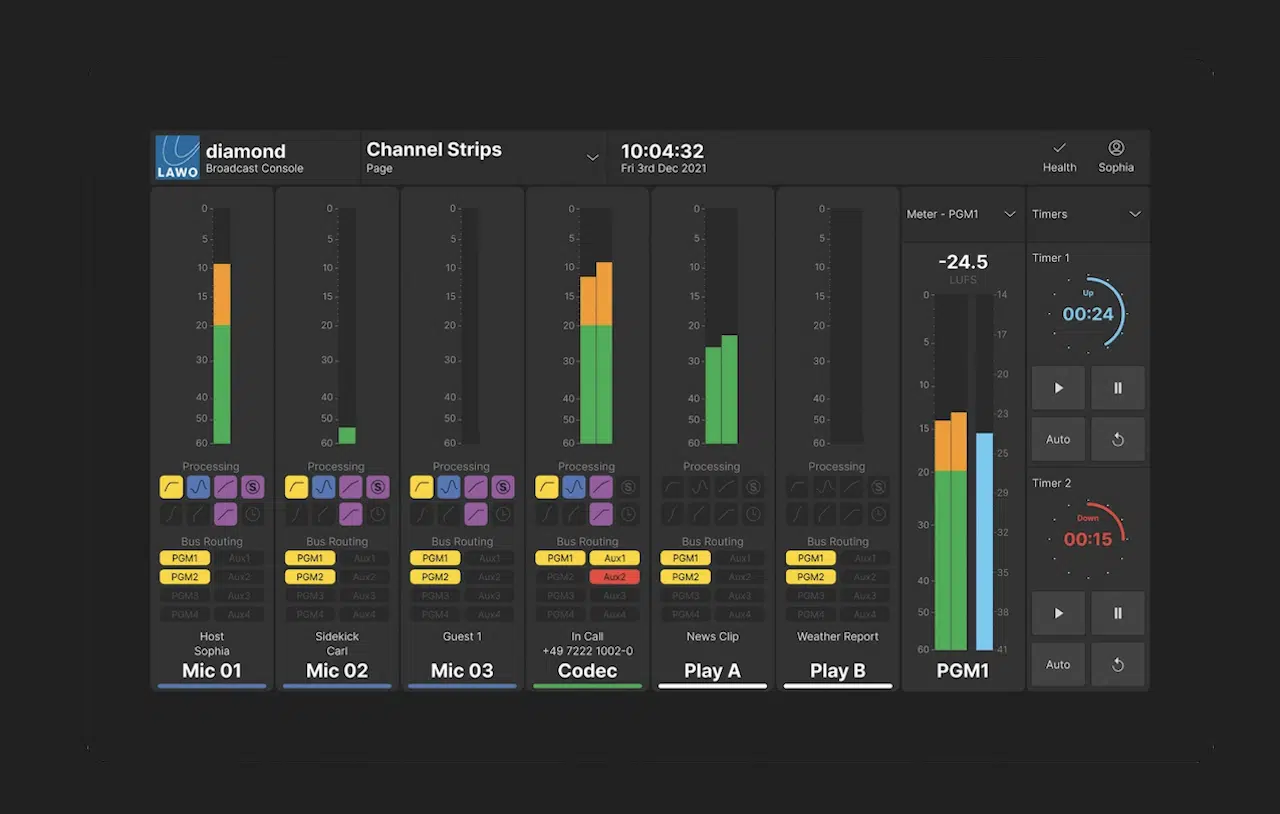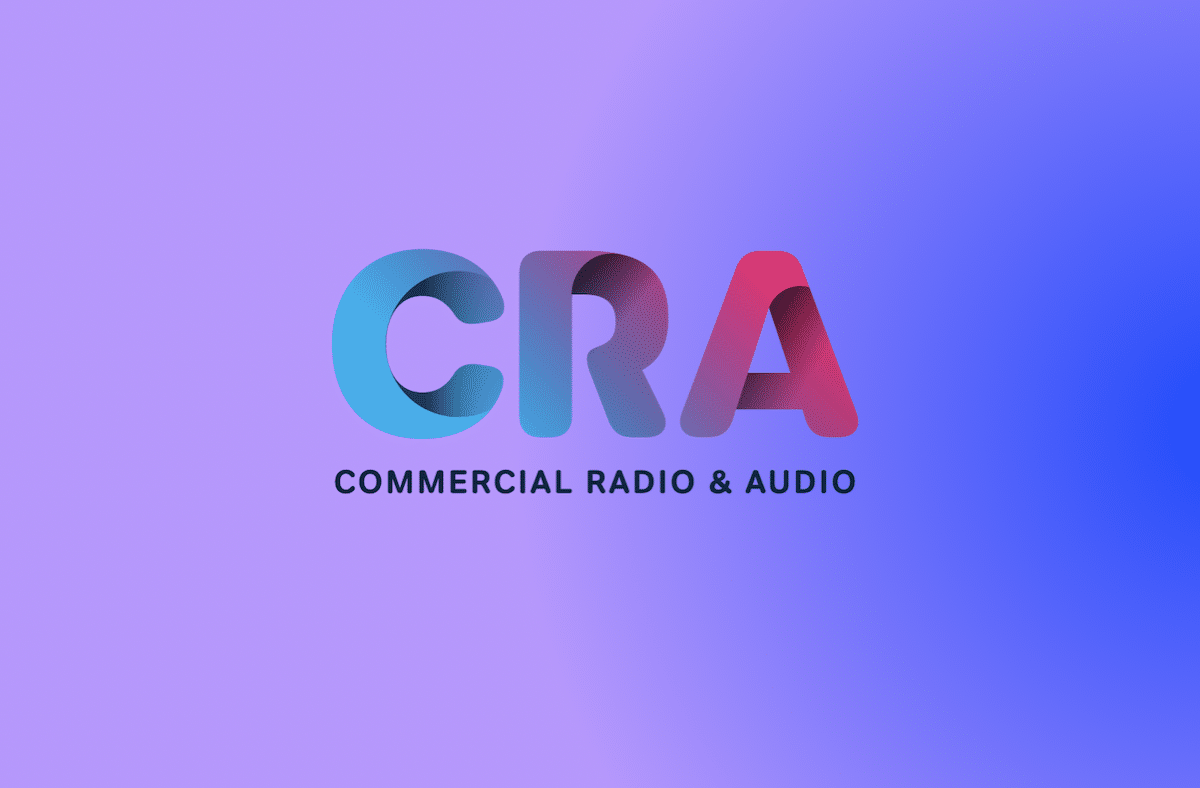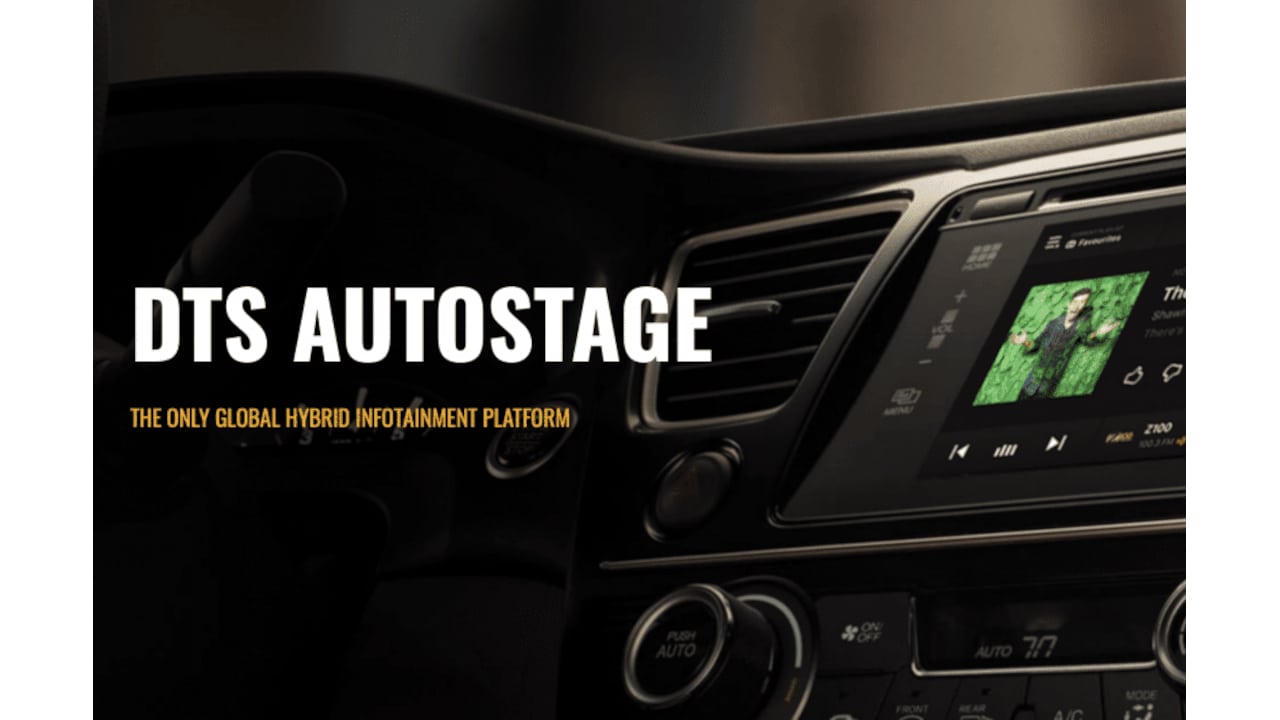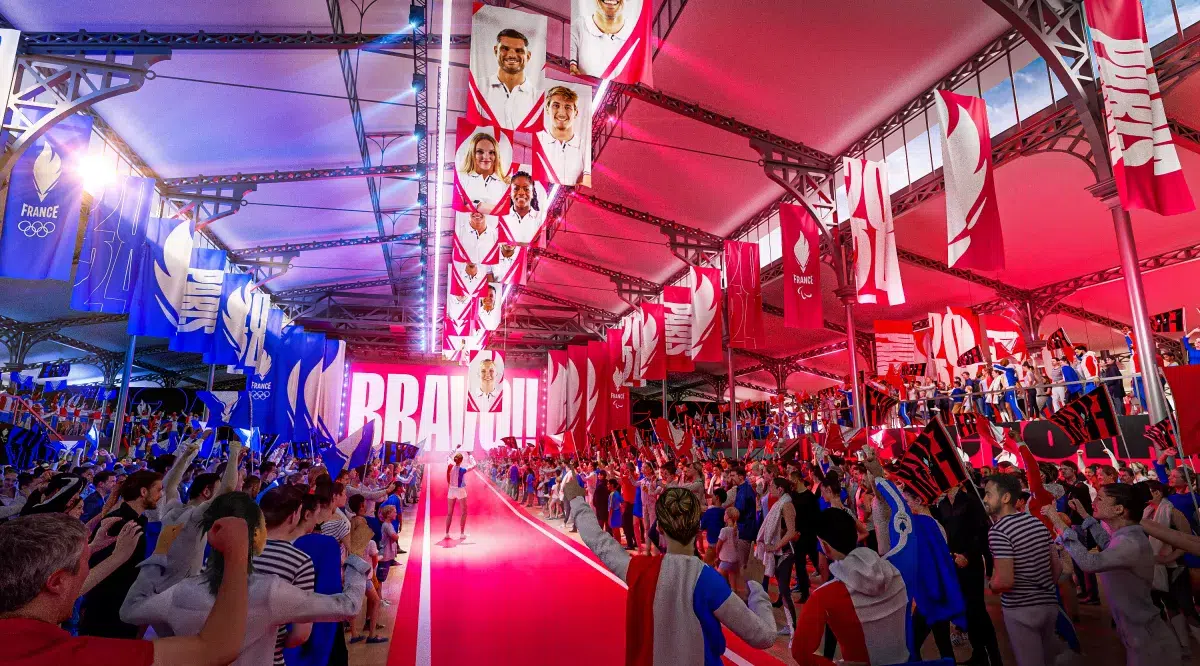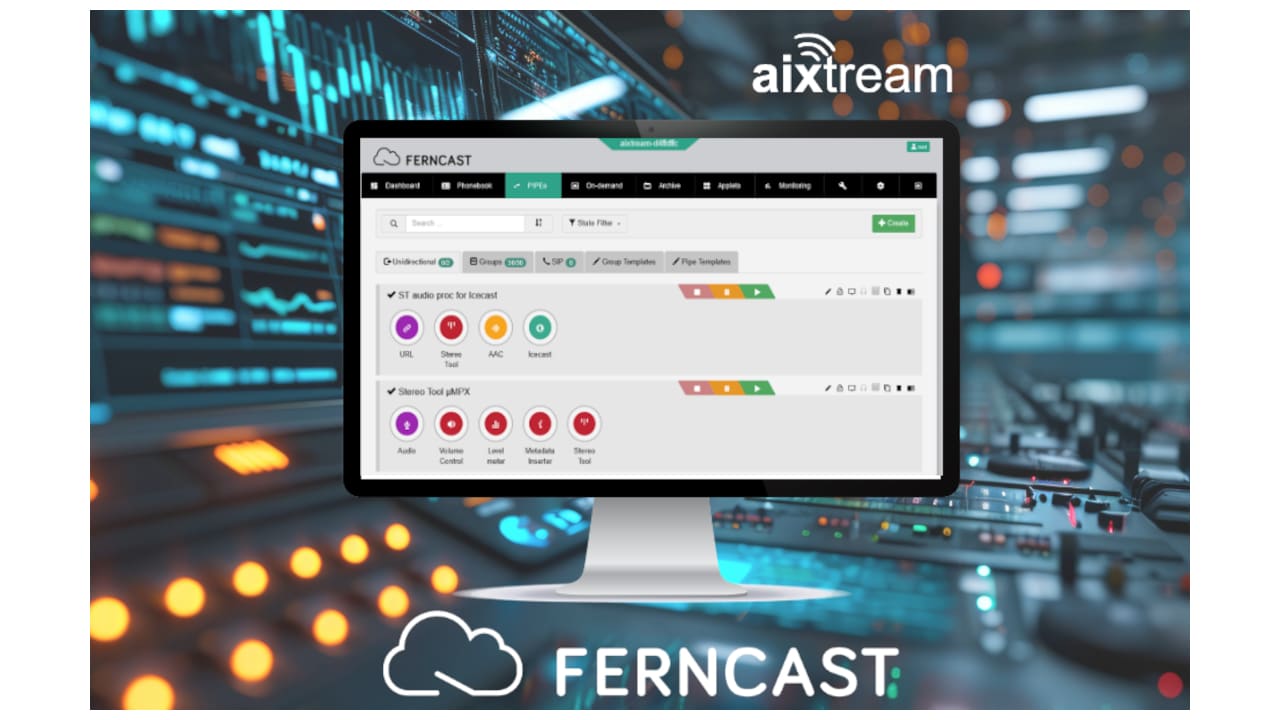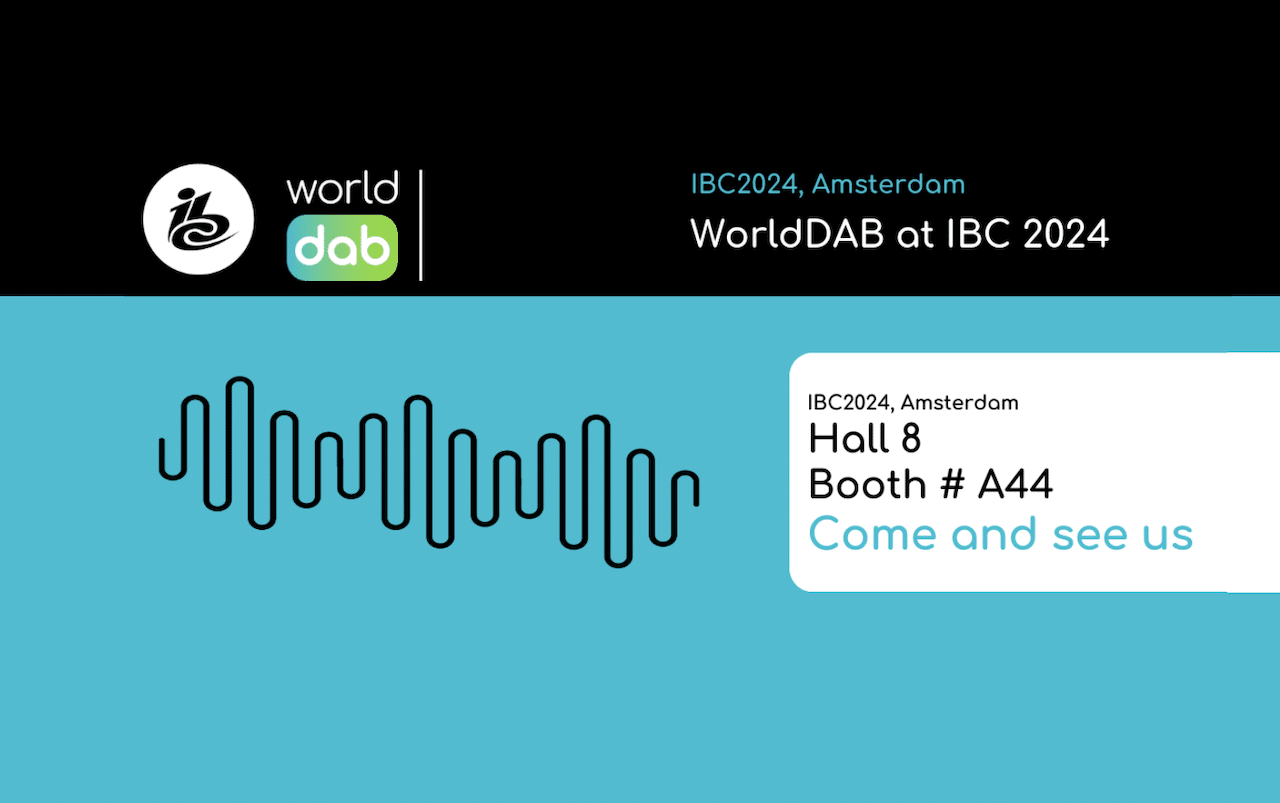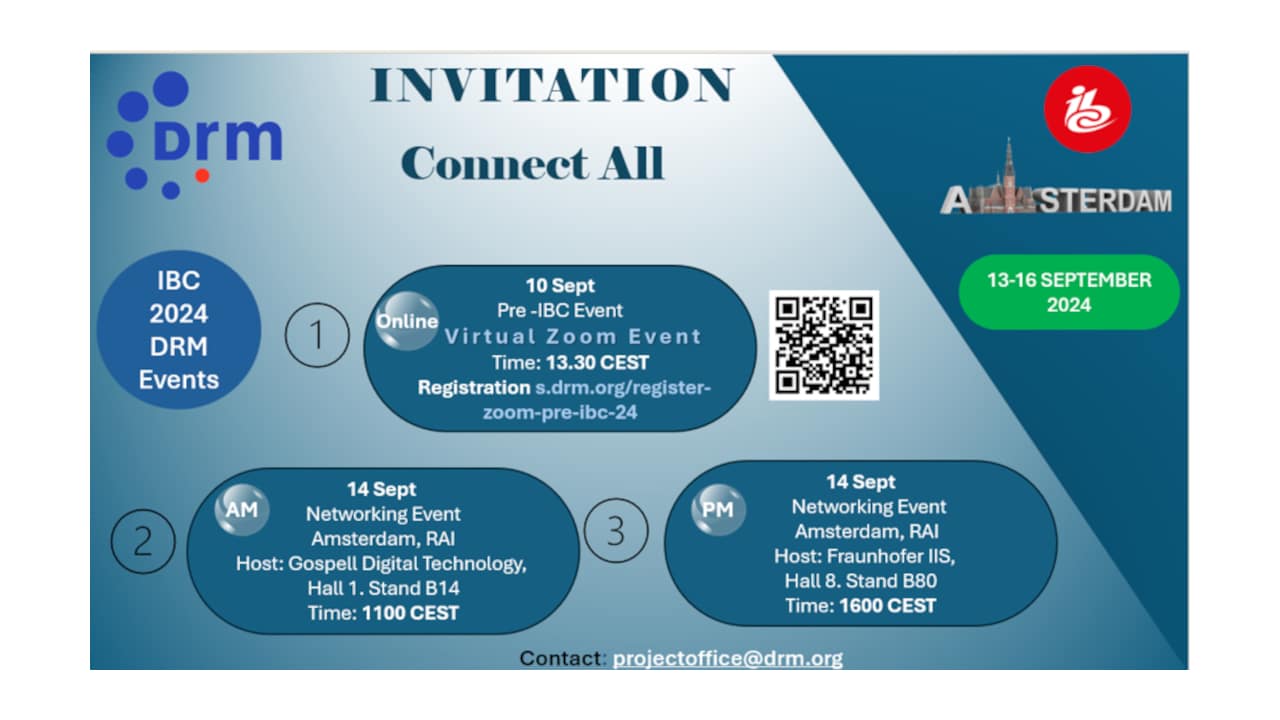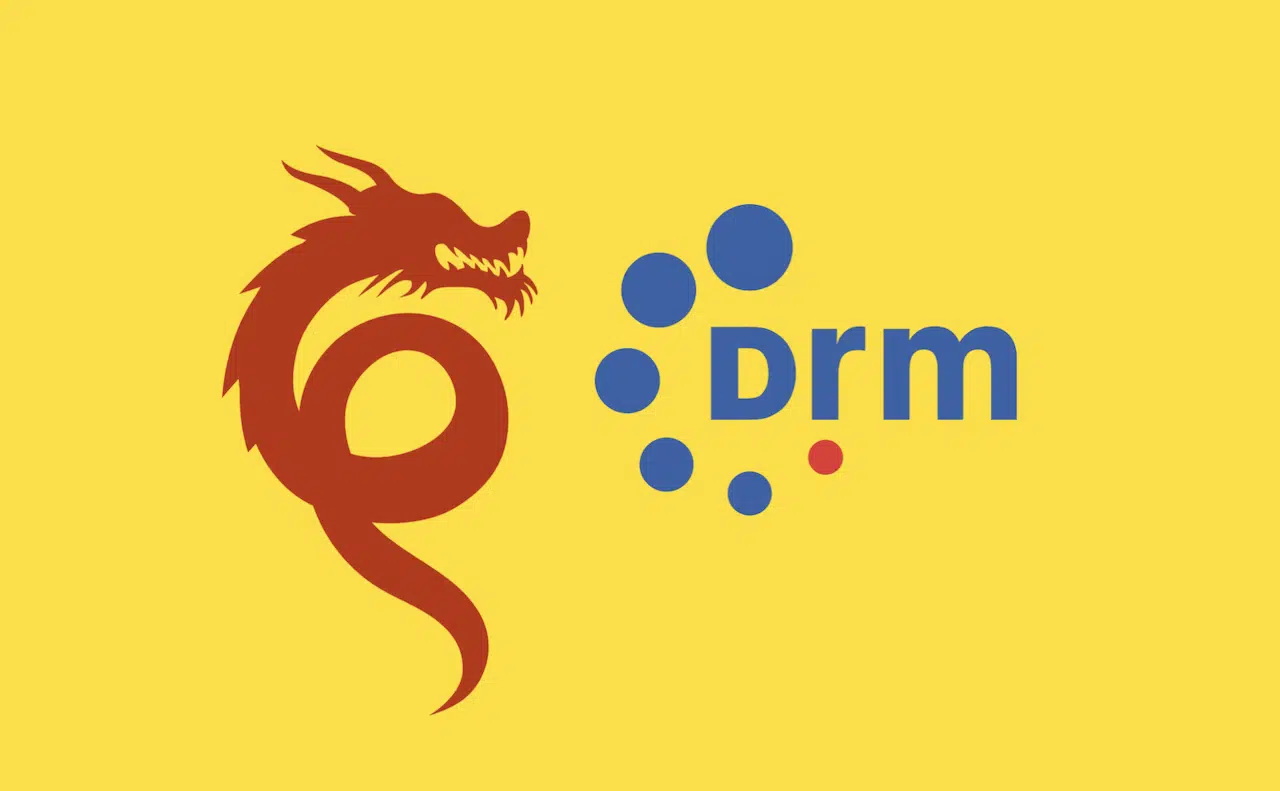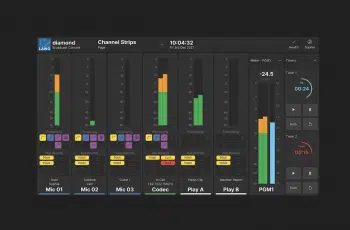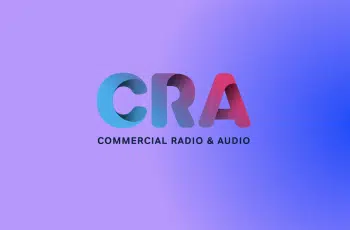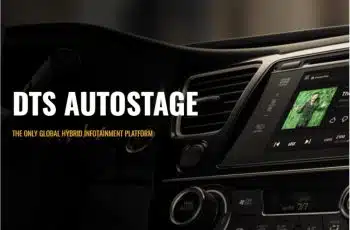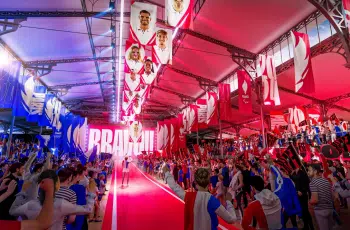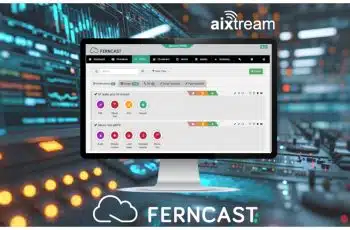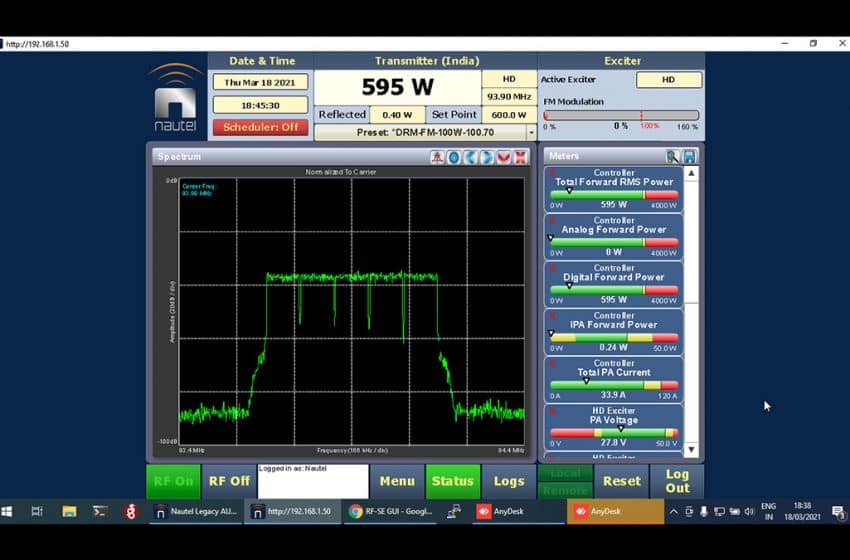
NEW DELHI — India’s radio market is vast and varied. Three types of broadcasters work in parallel to ensure national coverage. These are All India Radio, the radio arm of the public service broadcaster, Prasar Bharati; private FM stations; and a host of community radio stations.
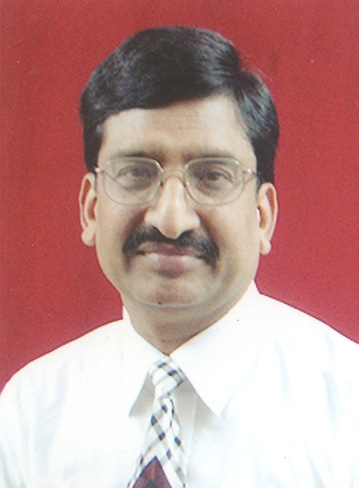
AIR broadcasts in medium wave and shortwave, as well as in FM bands. AIR coverage in medium wave is nearly 100% by population, whereas only around 52% in FM. Private broadcasters and community radio stations are allowed to broadcast only in the FM band. Coverage of private FM broadcasters is limited to about 50%, most of which is overlapping with that of AIR’s.
The public broadcaster also produces news bulletins, which are carried by all the AIR transmitters. Private broadcasters are not allowed to disseminate news except for the retransmission of the AIR news bulletins.
AIR has already adopted and rolled out nationwide digital radio services in the medium wave and shortwave bands, using the Digital Radio Mondiale standard, which is endorsed for worldwide adoption by ITU, and is the only standard serving all radio broadcast bands.
Regular digital transmission in shortwave began Jan. 16, 2009, from a 250 kW transmitter in New Delhi. Today a 500 kW shortwave transmitter at Bengaluru carries AIR’s external DRM service. The organization is also presently testing two additional shortwave transmitters, 100 kW each, which are expected to be operational soon.
Digital Details
In total, AIR is using 35 medium-wave transmitters ranging from 20 kW to 1000 kW to transmit in DRM. Five of these are operational 24/7 in pure DRM with the remaining 30 in simulcast, with one hour in pure DRM. Another six high power MW transmitters are being tested in DRM and these are expected to be carrying regular DRM service shortly.
AIR carries two-to-three digital audio services from a single medium-wave transmitter, along with the Journaline text service, and has successfully carried out tests of the Emergency Warning Functionality in collaboration with the National Disaster Management Authority. The broadcaster has taken several initiatives, including providing exclusive content and 24/7 news service (which was previously only available on the internet), to popularize the DRM digital services. Radio enthusiasts are also carrying out demos of DRM services across the country.
A digital receiver is required to receive digital radio broadcasts, as analog receivers cannot decode the digital signals. Most of the available digital receivers decode one digital standard only (and analog). There are prototypes of multi-standard digital receivers, but these are more expensive.
One of the welcome features of the country’s current DRM rollout has been the early commitment of many major car manufacturers who are already equipping new car models with line-fit DRM radio sets at no extra cost to the consumers. The rollout of DRM-equipped cars in India is growing rapidly, outstripping growth in other parts of the world. At present, some 3 million cars on the Indian roads have line-fit DRM receivers, and this number is increasing daily.
In parallel, efforts are being made by several Indian and foreign receiver manufacturers to provide standalone DRM receivers. These remain relatively expensive. As with any new technology, increasing volumes will make the cost of these receivers come down.
Recent Trials
Aware of digital radio broadcasting’s advantages, India’s broadcast regulator, Telecom Regulatory Authority of India, has recommended to the government’s Ministry of Information and Broadcasting that digital broadcasting in the FM band (VHF band II) should also be allowed, without disturbing the existing analog transmissions. The regulator has recommended use of unused white spaces for digital broadcasting in the FM band, but has not however specified the digital standard to be used.
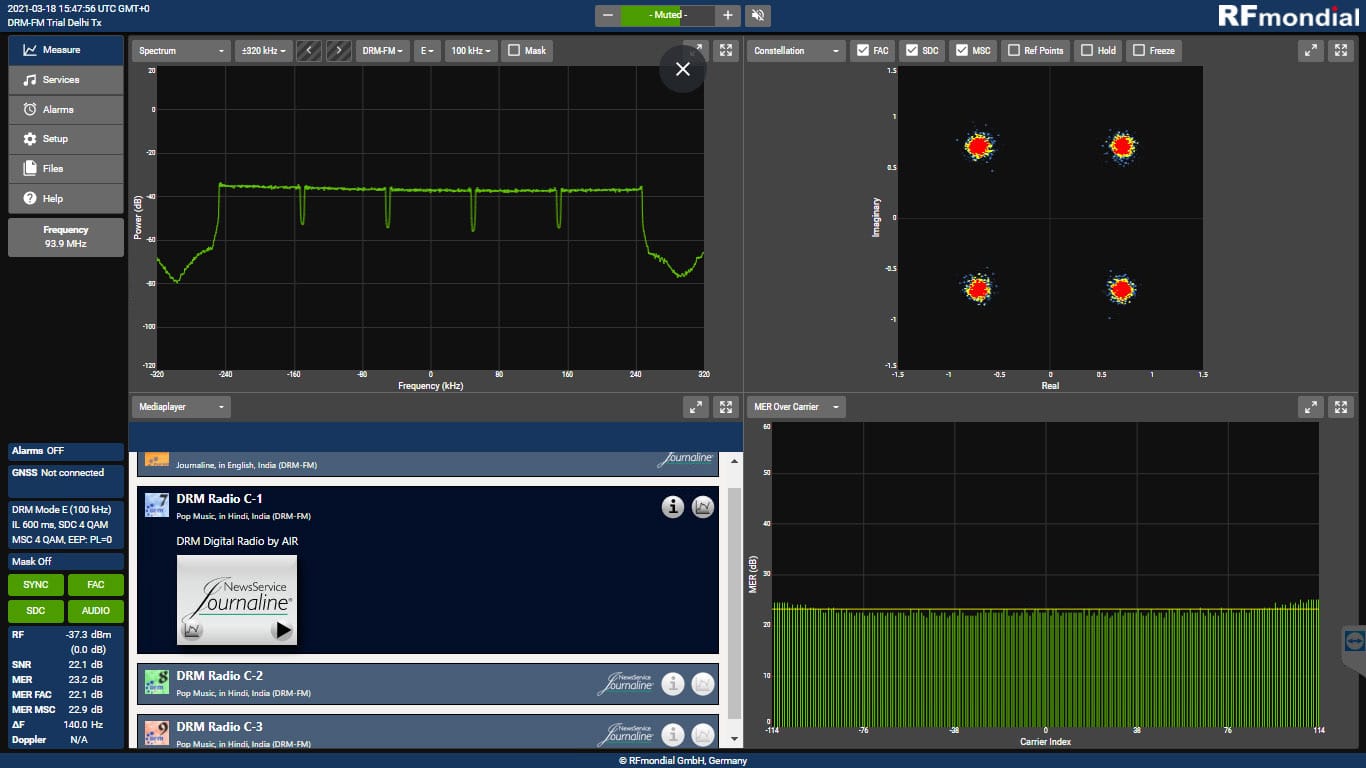
For completing the task, on the request of the Ministry, Prasar Bharati put together a committee to test the ITU-approved digital radio standards in the FM band and recommend the most suitable one for India.
At the request of the committee, the DRM Consortium carried out a trial between Feb. and March 2021 to demonstrate DRM in the FM band. The first phase of the DRM trial was in Delhi, where the tests highlighted DRM’s coverage potential and flexibility in on-air signal configurations from a standalone transmitter.
The second phase was in Jaipur, where trials revealed the DRM’s compatibility with the country’s FM band “channelization.” The test demonstrated how DRM can fill the gaps within existing analog FM services that are not otherwise usable, as well as the standard’s compliance with existing CTI (shared FM transmitter infrastructure) sites, by transmitting DRM signals between the white spaces of two analog FM stations.
The tests showed that DRM in the FM band occupies a fixed amount of spectrum: bandwidth of 96 kHz per “block” (i.e., DRM transmission signal) where it can carry up to four services. These are typically up to three DRM audio services including PAD [program associated data] and one DRM data service, such as Journaline. Successful transmission of up to 18 audio and six data services was demonstrated from a single FM transmitter with 600 kHz bandwidth.
In addition to the basic features like carrying service labels, service description, graphical station logo, text messages, Journaline advanced text application and online hybrid interactivity, the tests showed DRM’s ability to provide EWF, 5.1 surround sound, traffic and travel information, distance learning services, as well as public signage and slideshow capabilities.
Extending to the FM Band
The results also established that the 100 Watt low-power DRM signal provided ideal DRM coverage for at least 25 kilometers. Uninterrupted excellent reception was observed on the Mobis car receiver fitted in a Hyundai Verna car, which went around Delhi.
Pure digital operation for a single DRM signal as well as multi-DRM configuration, simulcast (DRM and analog FM) operation and multi-DRM in FM white spaces were also demonstrated. Transmission of up to 15 audio and five data services, in the white space of 600 kHz between the two analog FM stations, was demonstrated successfully from a single FM transmitter, as shown in the pictures below.
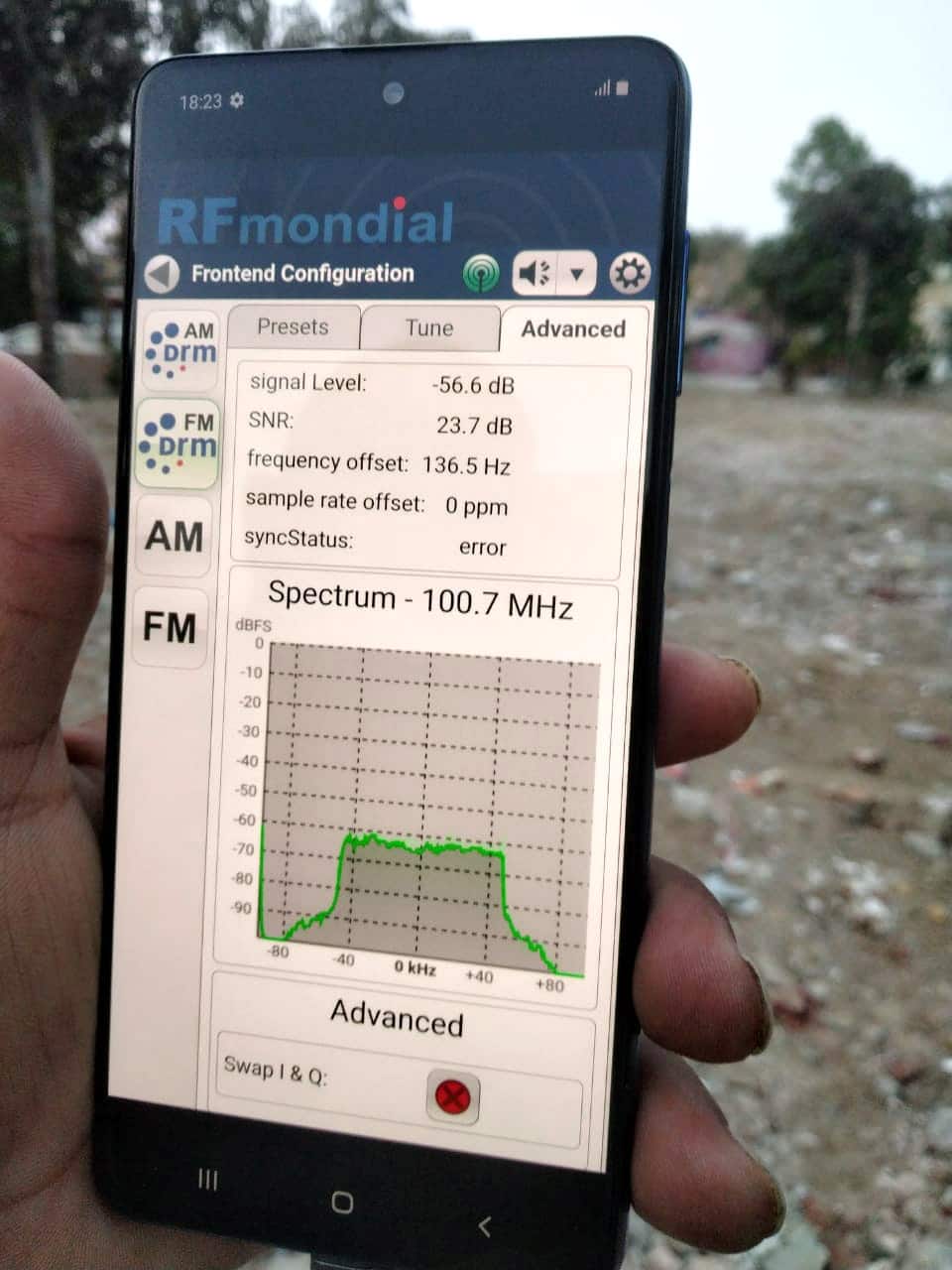
In addition, the tests illustrated that all the Android phones could receive DRM in FM band using off-the-shelf dongles and the Fraunhofer DRM MultimediaPlayer radio app. A consumer version of this app is now available for download from the Google Play and the Amazon Apps stores under the brand name Starwaves DRM SoftRadio. The app can also be installed on Windows, Linux, MacOS and Android-based tablets, laptops as well as desktop computers.
Extending the DRM standard to FM band in India will save receiver manufacturers costs, as there is no additional IP royalties and DRM is a single standard with shared features across all broadcast bands. And thanks to key features such as ease of implementation, digitization without disturbing the existing analog FM services, backward compatibility of existing DRM receivers by simple firmware upgrade and availability of a DRM app for Android phones, the DRM standard in the FM band is particularly suited for the Indian environment.
This move will fast-track the digitization process overall. The Indian car industry has rolled out DRM-enabled radio sets in the millions and has proven during the trial that those receiver models will support DRM in the FM band, with its full feature set after a simple firmware upgrade.
Therefore, all the stakeholders are eagerly waiting for India’s government to announce the policy for the use of
DRM in the FM band for the public service as well as for the country’s private broadcasters.
The author is Hon. Chairman for the DRM India Chapter.


